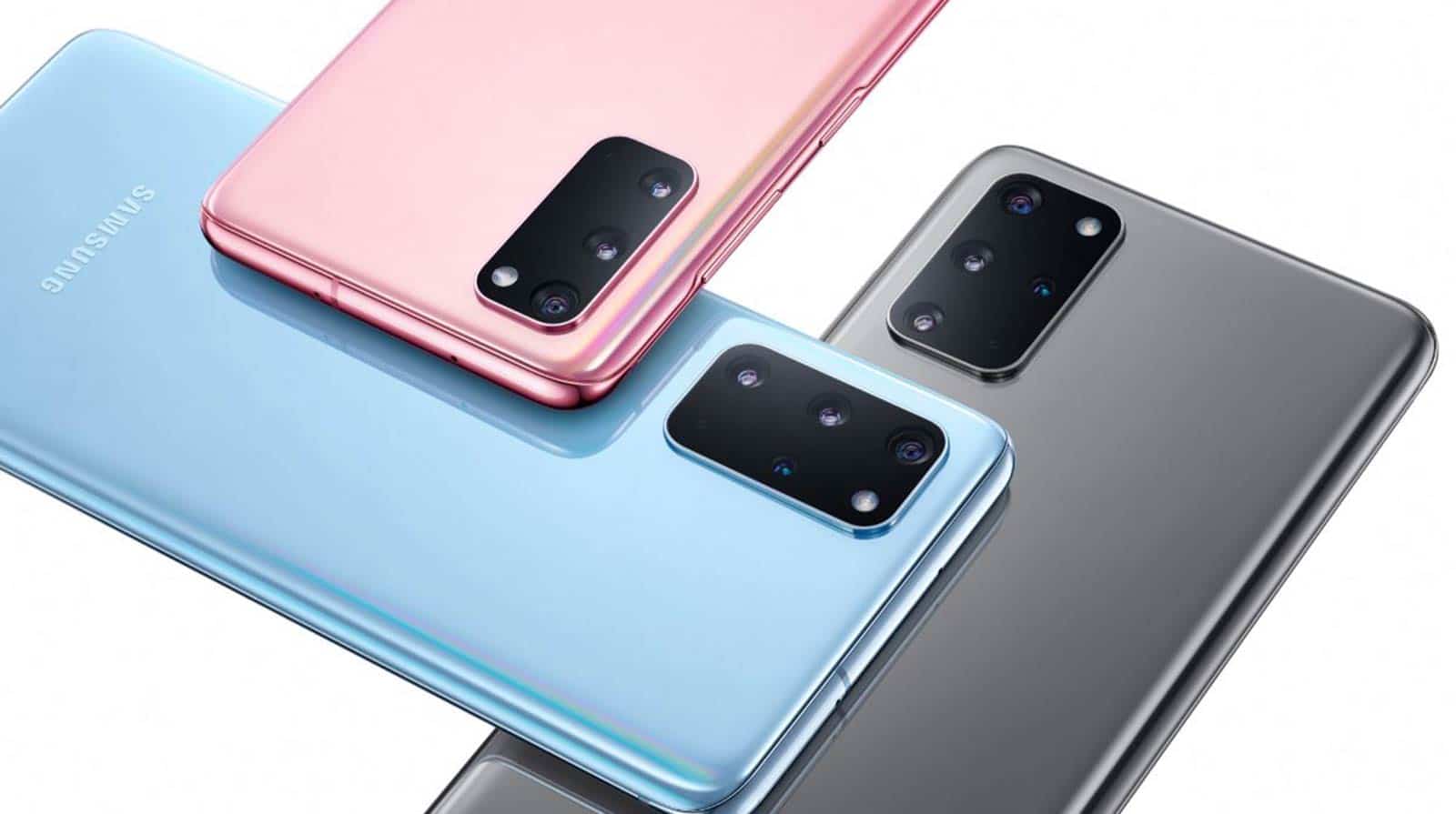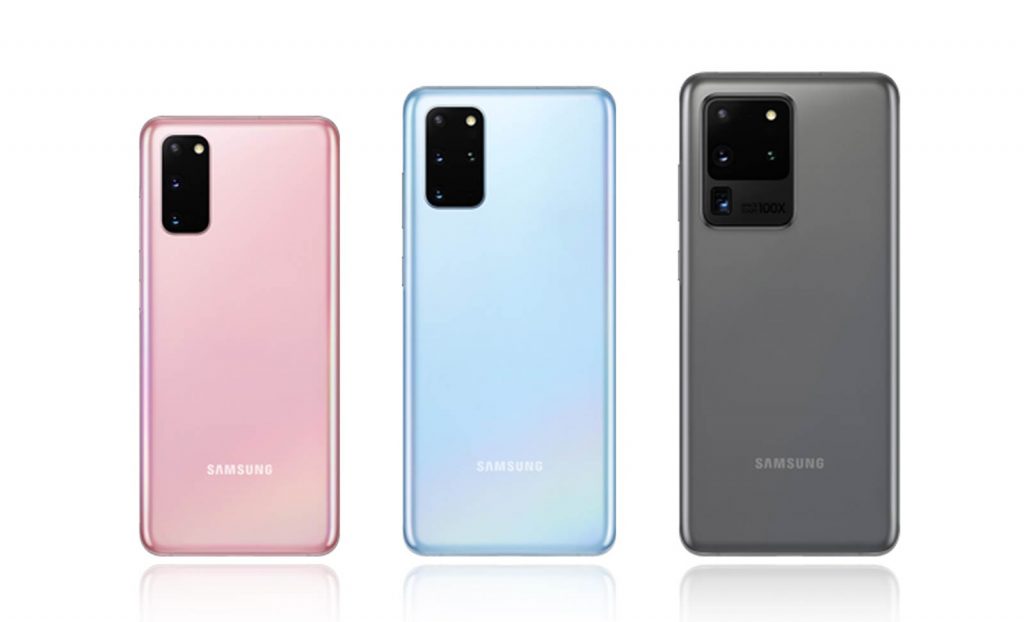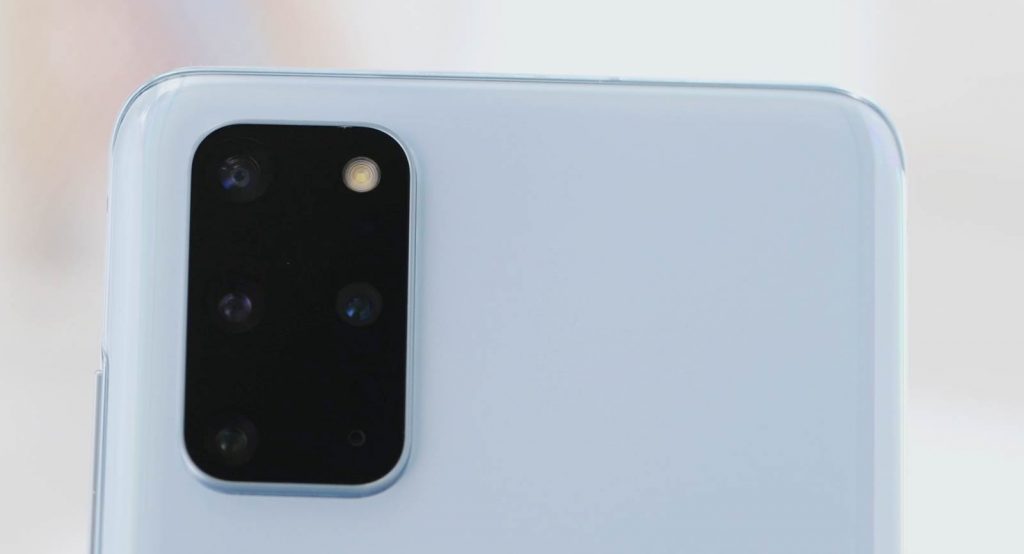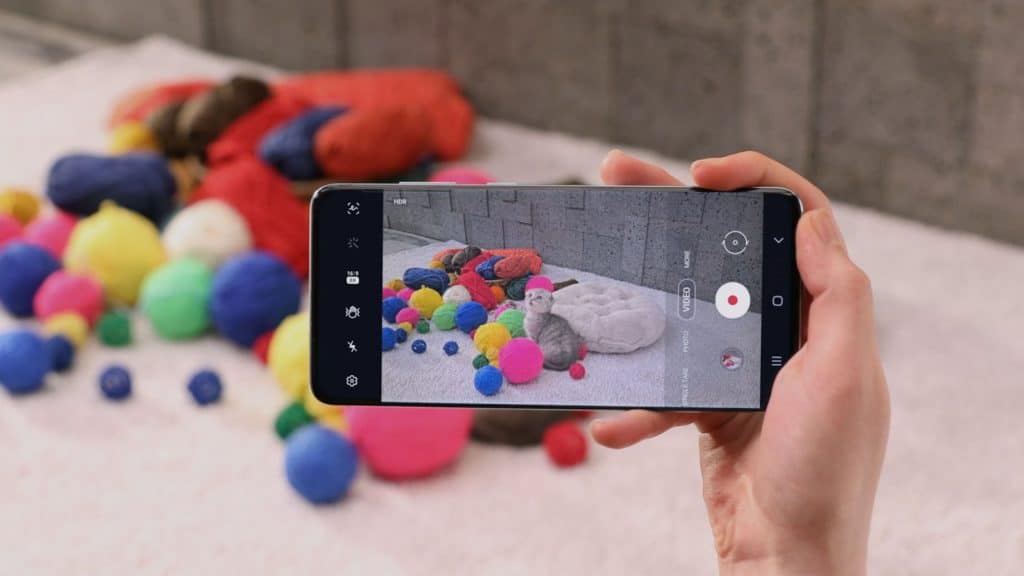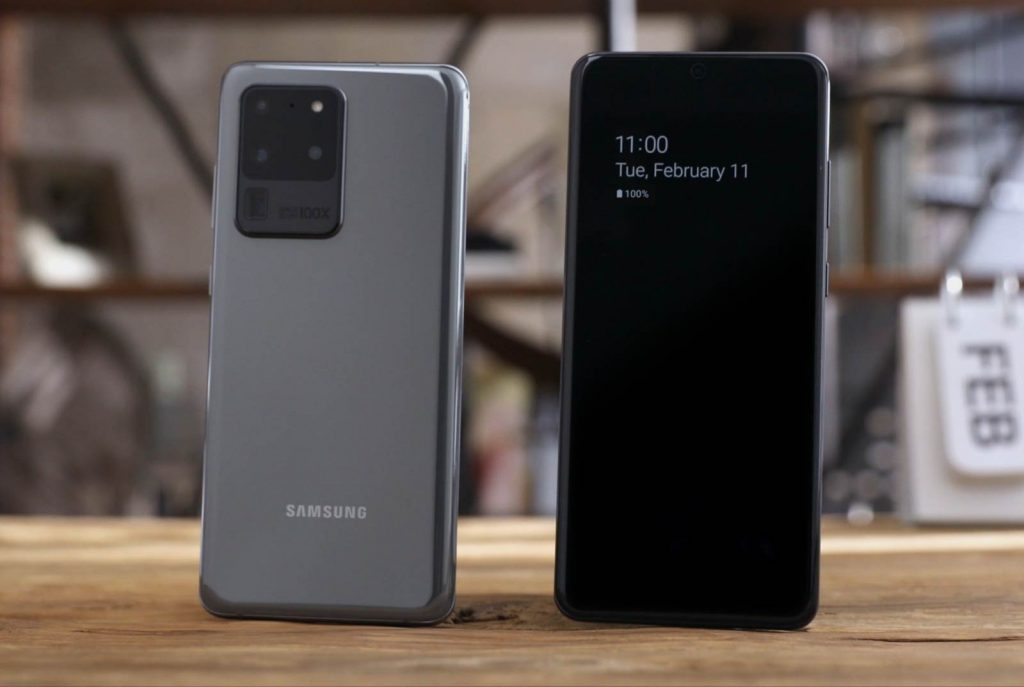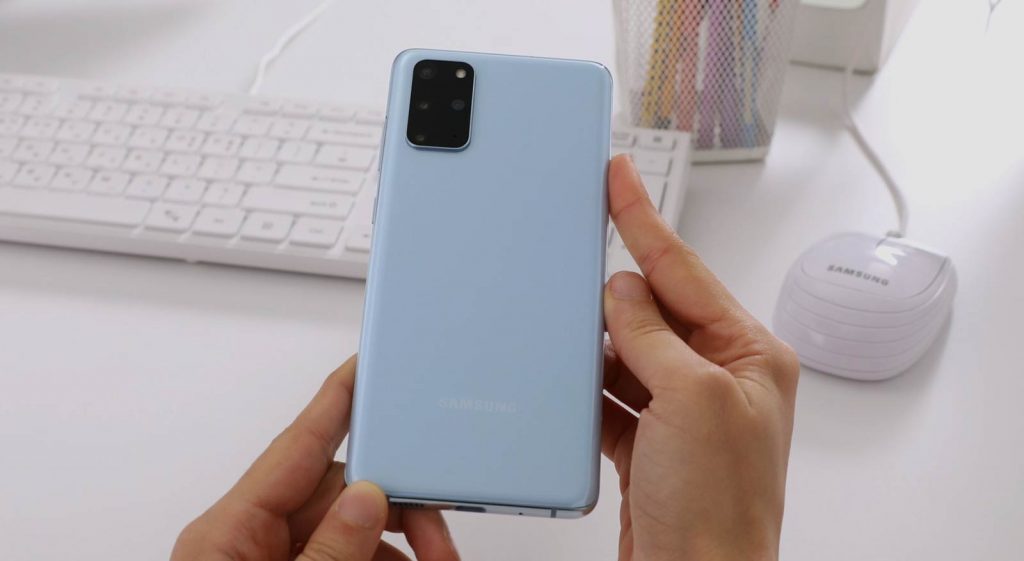The cat is out of the bag, or all three felines, that is, as Samsung reveals the Galaxy S20, Galaxy S20+, and Galaxy S20 Ultra, with a focus on the screen, cameras, and 5G.
It’s February, and that means the mobile phone news of 2020 can officially begin. If you were waiting for a big announcement of a new phone before you made a decision to upgrade, the decision may have been a solid choice, as now you can begin to see what the mobile landscape of 2020 will look like, starting with the first entrants: Samsung.
Often the first to show its hand, Samsung has been hyping the announcement of the next Galaxy handsets, and now the curtain has dropped and we can see what the big deal is for the first half of the year, as Samsung looks set to offer a Galaxy S20, a Galaxy S20+, and a more schmick Galaxy S20 Ultra.
So what’s new, and what is Samsung focusing on?
Screens, cameras, mobile speed
It’s hard to evolve the landscape in phones these days, and find more ways for us to spend money, but Samsung’s focus for 2020 appears to be on three core areas: screens, cameras, and the mobile speed that 5G promises to deliver on.
While there are three models of the Galaxy S20 range that differ on features pretty clearly, they all offer fairly notable improvements, with models set to be released in Australia that can capitalise on all three, though it’ll depend on how much you’re willing to spend.
For instance, in the Galaxy S20 and Galaxy S20+, Samsung will offer both 4G and 5G models, the latter of which will cost a little more. If you feel the 5G will be wasted on you or you’re not sure your telco can deliver, the 4G option could save you some money, though the 5G model should offer improved mobile connectivity as time goes on.
In the deluxe model, the Samsung Galaxy S20 Ultra, 5G is par for the course, because it seems spending big on the best model means you get 5G as a norm. That’s at least a nice norm to provide for this year, and sets a bit of a bar for other phone companies to adapt to, as well: spend the most, get the best.
But it’s more than that.
The Galaxy S20 screens are high-res and fast
Across the board, all three Galaxy S20 models sport a Quad HD+ screen Super AMOLED screen, something Samsung has become known for.
However this year, Samsung is dropping the awkward punch-hold screen of the S10 range, and instead adopting a dot at the top centre for the front-facing camera, making the S20 screens a little like those on the Note10 range.
The screens are improved from the Galaxy Note10 models, though, supporting 120Hz, allowing performance to be boosted in apps, specifically that of games.
There are three sizes to choose from with the 6.2 inch Galaxy S20, the 6.7 inch Galaxy S20+, and the 6.9 inch Galaxy S20 Ultra, though all support the same resolution, which also technically means the best quality of screen on a pixel clarity count is actually in the least expensive model — the standard S20 — simply due to size. They’re all technically the same screen technology, however, so they all sport the same advancements.
The Galaxy S20 cameras are only 12mp, but some of them are a big 12mp
That is definitely not true in the camera world, as the technology between cameras splits up as you move through the range.
However regardless of what you consider, the focus is clear for Samsung’s camera prowess in the Galaxy S20 models: how much data do you need stuffed into your camera? If you like a higher quality image overall, the answer is “as much as you can afford”.
To that end, Samsung’s focus on the Galaxy S20 camera make-up is to bolster the cameras with as much data as possible to bring out a better quality image overall.
All three models will offer a 12 megapixel ultra-wide camera set to F2.2, and all three models will get a standard wide angle that can capture 12 megapixel photos at F1.8, helping the low-light capability. Where the models change is that the Galaxy S20 Ultra will see the 108 megapixel sensor Samsung collaborated with Xiaomi on, which means owners of the Galaxy S20 Ultra can either capture at 108 megapixels, or with a 12 megapixel camera made from downsampling nine times. That is to say, the Samsung Galaxy S20 Ultra stuffs nine times the data into one 12 megapixel image, which could provide some of the best phone camera detail and quality yet.
All three models — the S20, S20+, and S20 Ultra — see a similar focus for the telephoto camera, which is a 3X zoom made up from a 64 megapixel camera, no doubt which will either zoom using the pixels to crop, or downsample four times to a 12 megapixel image.
When phone makers don’t want to throw zoom lenses into phones, they typically choose big sensors they can crop down from, something Nokia learned when it released a 40-odd megapixel sensor in the Nokia 1020 back in 2013, one of the first phones to do this.
Again, the Galaxy S20 Ultra works a little differently, and will have a 48 megapixel camera set to be even closer, possibly at 4X, with also a hybrid zoom paired between the sensor technology of the 108 megapixel and the telephoto camera.
Samsung will also let you engage a digital zoom if you want, surpassing Huawei’s P30 Pro 50x digital zoom with a Samsung S20 Ultra 100x zoom, but much like Huawei’s, we suspect the technology will be largely unusable and filled with hand shake.
Super-close digital zoom may seem fancy and impressive, but it basically just blows up pixels, and is often ignored once tried. It’s useful for capturing the moon at a moment’s glance, and maybe the blocky head of a singer when you’re in the nosebleed at a conference, but that’s about it.
Instead, focus on the real camera capability of the Galaxy S20+ and Galaxy S20 Ultra, because that’s where the grunt and tech actually is. Those two models will also sport “DepthVision” cameras, which is likely going to be a Time of Flight sensor to measure depth in a scene and bring out more realistic portrait images, and less weird edges on portrait shots.
All three S20 models sport 8K capture
However all three models — the Galaxy S20, Galaxy S20+, and Galaxy S20 Ultra — now sport 8K video capture, the first Samsung phones to do so. That’s a big deal, because obviously Samsung has a few 8K TVs out, so it needs something for people to capture 8K footage on.
With the Galaxy S20 models — any of them, it seems — you’ll be able to capture in 8K, and then share it to a Samsung 8K TV.
As to what that footage looks like, we’re not sure yet, but at least the support of 8K helps with the question of what 8K content is available for your TV: potentially anything you want to capture yourself.
The Galaxy S20 models sport high-speed tech across the board
And while the S20 range is primarily focused on screen, cameras, and whether you want 5G or not, they all still sport the tech Samsung’s range has become known for, including high-speed WiFi, Bluetooth, and sizeable everything else.
Samsung is using a new chip for this phone, and while it hasn’t quite confirmed the variant in Australia, you can bet it’ll be an Exynos model, sporting either 8 or 12GB RAM dependent on how much you spend in the Galaxy S20 or S20+ model or 12 or 16GB RAM in the S20 Ultra, again dependent on price.
Price will also determine whether you get a model with 128GB or 512GB storage, though to Samsung’s credit, the S20 range seems to support a microSD slot alongside one nanoSIM and one eSIM, making each phone technically Dual SIM using a similar approach as the iPhone 11 range.
You’ll find Android 10 on this model, and in terms of wireless connectivity, regardless of whether you pick 5G or not, you’ll see 802.11a/b/g/n/ac/ax WiFi 6 support, as well as Bluetooth 5, GPS, and support for Samsung Pay over both Near-Field Communication (NFC) and Magnetic Stripe Technology (MST).
There’s a fingerprint sensor built into the screen here, as well as facial recognition for the camera side of things, and the wireless charging is also there, too, while Type C wired charging can be fast with the right adaptor.
A bit of a change for the S20 range, the 3.5mm headset jack is missing in action, so say goodbye, it seems, as Samsung adopts what is becoming a market standard.
The battery is at least sizeable, with a 4000mAh on the Galaxy S20, 4500mAh on the Galaxy S20+, and a 5000mAh on the Galaxy S20 Ultra. What that means for battery life isn’t yet known, though we hope we’re talking more than a day of life, though suspect the result will be closer to one day max, especially if features like a 120Hz screen are used regularly.
Samsung Galaxy S20 Australian pricing and availability
All up, though, it seems like an impressive little list of specs, particularly if you like having the best specs ahead of everything, and if you’re into this whole 5G thing, which is gradually expanding across the country.
“The Galaxy S20 marks a new decade of mobile technology,” said Garry McGregor, Vice President of Samsung Australia’s Mobile Division.
“Last year, Samsung pioneered the first 5G enabled smartphones in Australia and now, in 2020, we will deliver an amazing connected mobile experience with the all new Galaxy S20 range,” he said.
“The Galaxy S20 is designed to enhance almost everything we love to do with our phones. From capturing and sharing precious moments, disappearing into our favourite music and movies to the thrill of a unique mobile gaming experience. The Galaxy S20 is designed to simply exceed expectations.”
Australian release of the Galaxy S20 will see the phones available from March 6, 2020, and customers who pre-order are apparently eligible for a complimentary pair of new Galaxy Buds truly wireless earphones, at least if they order before March 5.
Pricing for the phone will see the S20 range start from $1349, which gets the S20 in 4G with 8GB RAM and 128GB storage, though an upgrade to the S20 5G will push the RAM to 12GB and the price to $1499.
In the Galaxy S20+, the price is from $1499 for 8GB RAM and 128GB in 4G, but in 5G, you’ll find a 12GB RAM and 128GB storage option for $1649, and a 12GB RAM and 512GB storage option for $1899.
The biggest price is in the Galaxy S20 Ultra, which is only available in 5G. As such, Australians can expect outright prices of $1999 for the 12GB RAM 128GB model, while $2249 will see the 16GB RAM 512GB top-end model.


